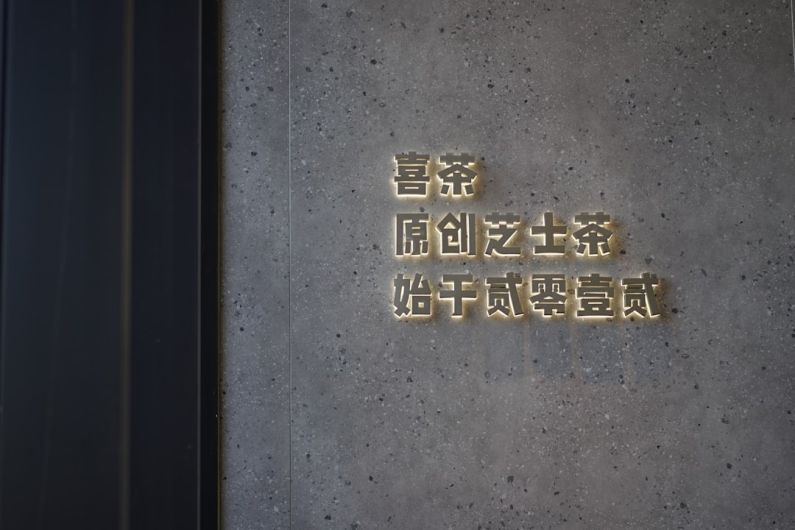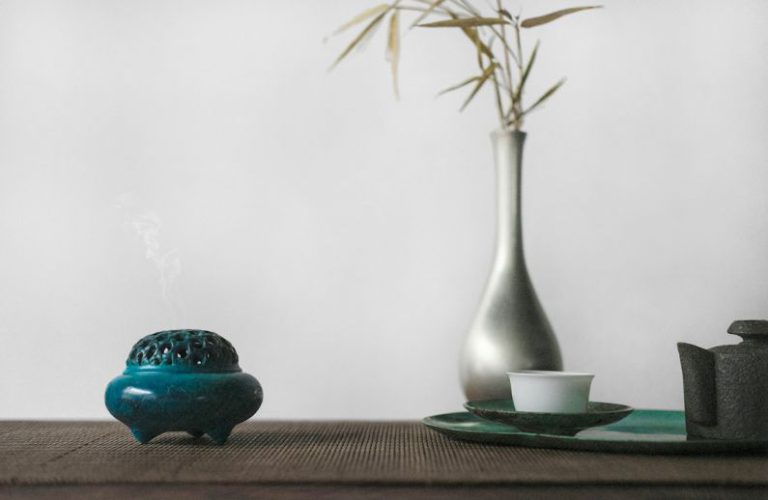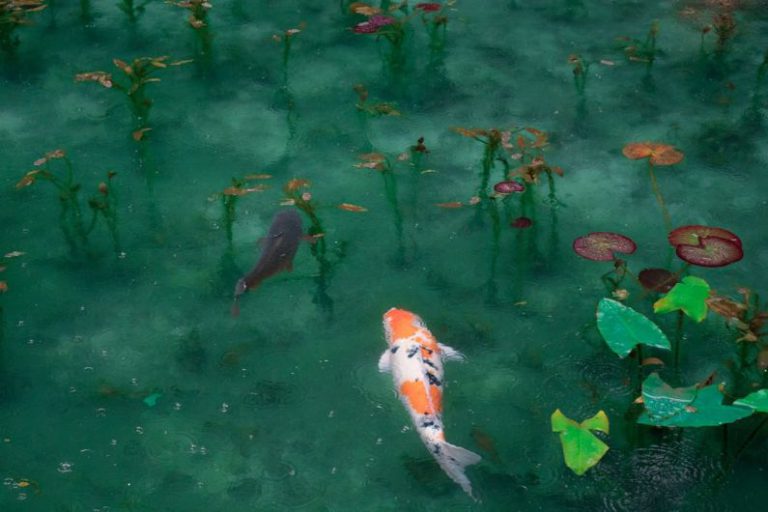Chinese Pictographs: the Symbols of Tea
Tea holds a special place in Chinese culture, with a history spanning thousands of years. It is not just a beverage but a symbol of tradition, hospitality, and respect. The Chinese language, known for its intricate characters, has dedicated specific pictographs to represent the essence of tea. These symbols not only capture the physical appearance of tea but also embody the cultural significance and spiritual connection that the Chinese people have with this beloved drink.
The Origin of Tea Pictographs
Tea has been an integral part of Chinese culture since ancient times, with records dating back to the Shang dynasty (1600-1046 BC). The Chinese written language evolved over centuries, with characters and pictographs representing various objects, concepts, and ideas. The pictographs for tea originated from the visual representation of tea leaves, teapots, and the act of brewing tea.
The evolution of the tea pictographs reflects the changing styles of calligraphy and the cultural shifts in Chinese society. The earliest forms of the tea character depicted a plant with roots, leaves, and a stem, symbolizing the natural origin of tea. As calligraphy developed, the characters for tea became more stylized, with intricate strokes and embellishments that added depth and meaning to the written symbol.
The Symbolism of Tea Pictographs
The Chinese language is rich in symbolism, with each character carrying layers of meaning and cultural significance. The tea pictographs not only represent the physical act of drinking tea but also embody broader concepts such as harmony, balance, and tranquility. The character for tea (茶) consists of two parts: 艹, which represents grass or plants, and 人, which symbolizes a person. Together, these elements signify the connection between nature and humanity, highlighting the ritualistic and spiritual aspects of tea-drinking.
In Chinese culture, tea is more than just a beverage; it is a symbol of hospitality, friendship, and respect. The act of brewing and serving tea is a gesture of goodwill and camaraderie, fostering social bonds and fostering harmony among individuals. The tea pictographs capture these sentiments, encapsulating the essence of tea as a unifying force that brings people together and promotes cultural exchange.
The Spiritual Connection to Tea
Tea has a deep-rooted spiritual significance in Chinese culture, with traditional ceremonies and rituals dedicated to the art of tea-drinking. The tea pictographs reflect this spiritual connection, embodying the reverence and mindfulness that the Chinese people attribute to tea. The character for tea (茶) is often associated with the concept of 茶道 (chadao), or the “way of tea,” which emphasizes the spiritual, aesthetic, and philosophical aspects of tea culture.
The tea pictographs symbolize the harmony between the individual and the natural world, encouraging mindfulness, presence, and contemplation in the act of drinking tea. Each stroke and curve in the characters conveys a sense of tranquility and balance, inviting the reader to reflect on the beauty and simplicity of tea-drinking. The tea pictographs serve as a visual reminder of the spiritual journey that tea can take us on, offering moments of peace and introspection in a fast-paced world.
The Evolution of Tea Pictographs in Modern Times
In modern Chinese society, the tea pictographs continue to hold a special place in the cultural landscape, serving as a link to the rich history and traditions of tea-drinking. While the characters for tea have evolved over time, the essence of tea remains unchanged, symbolizing the enduring values of harmony, respect, and connection that tea embodies.
The tea pictographs serve as a bridge between the past and the present, connecting generations of tea enthusiasts and carrying forward the legacy of tea culture in China. As tea continues to be celebrated and cherished around the world, the symbols of tea in the Chinese language serve as a timeless reminder of the beauty and significance of this beloved drink.






